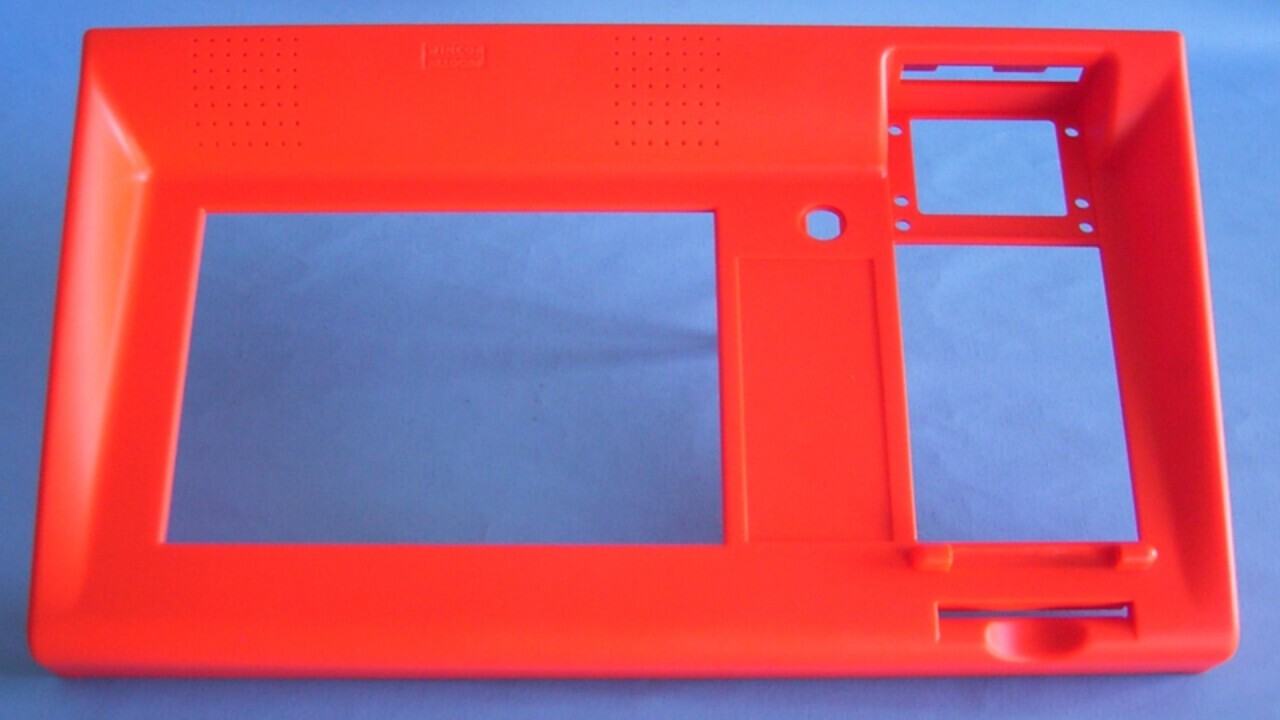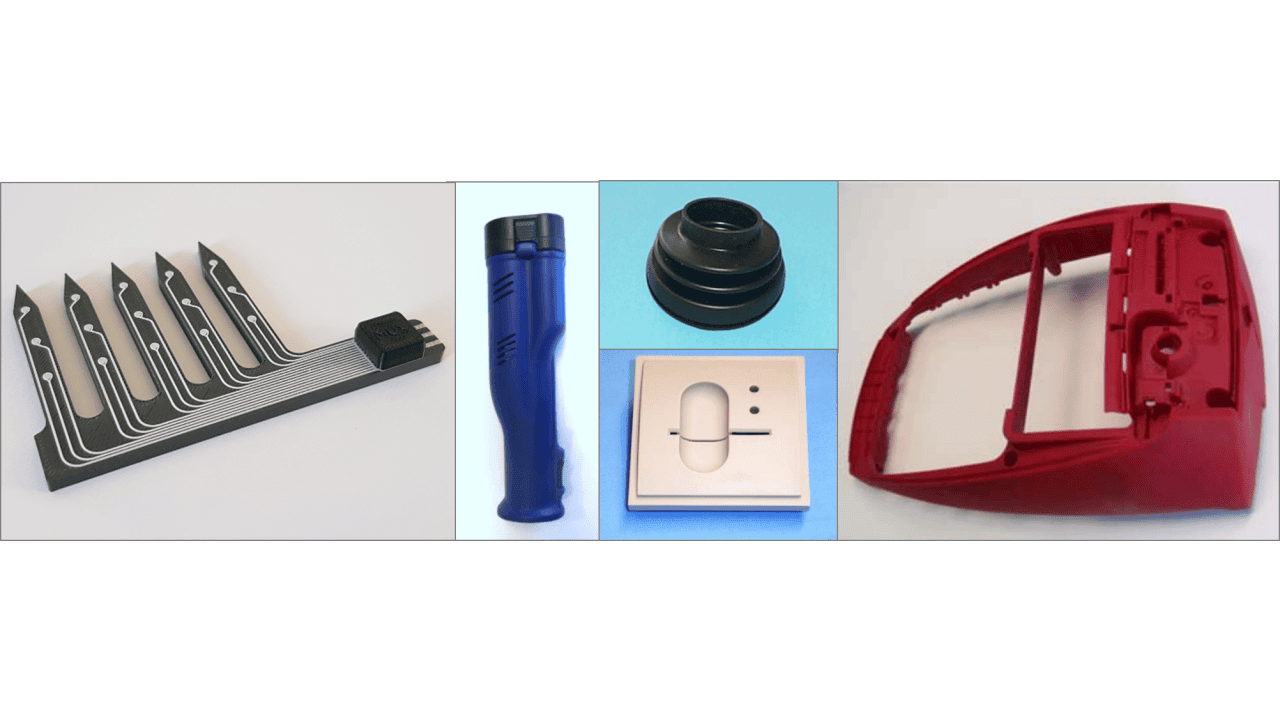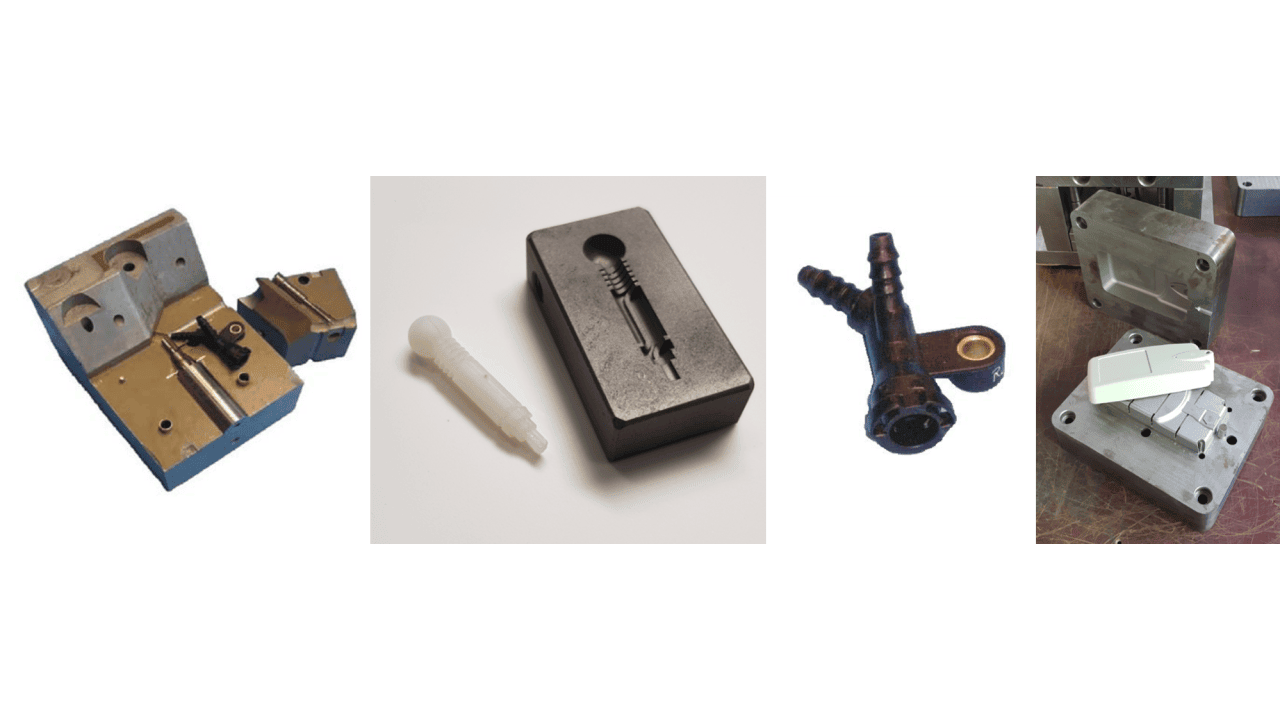Service-Highlight Rapid.Tech 3D 2024
'Too much' for 3D printing - 'too little' for a tool: Vacuum Casting Plastic
Vacuum casting - an appropriate addition to 3D printing and injection molding for a quantity range of 100-1,000 pieces. Functionally suitable materials are processed (similar to injection molding granulates), which are also cast in the customer's RAL color - with manageable mold making cost.


